tonyjlopez
Rough_Rock
- Joined
- Feb 5, 2013
- Messages
- 41
Hello everyone. Haven't posted here for many years but these forums were very helpful to me when I bought my wife a 20th anniversary diamond so I thought I would reach out again. We have a Red-Orange 6.62 carat sapphire that belonged to my wife's grandmother and has been in her family since at least the 1940's. It is an important family heirloom with memories and sentimental value to my wife mostly because her Mother wore it for many decades before she passed away in 2010. It was in a simple setting for decades and my wife never wore it because of the old fashioned setting. My wife always loved the stone however, as it is beautiful, and has a few microscopic chips and a scratch on the table from being much loved by her mother. She always wanted to put it in a newer setting so we recently had it reset in a halo setting as seen in the photos so she could wear it and enjoy it.
So the background on the stone. We have an old 1977 appraisal from my Mother-in-law valuing the sapphire in the setting at $3500. Around 2003, we decided we needed a new appraisal for insurance purposes. I brought it to Sotheby's jewelry through a contact I knew. Their jewelry expert evaluated and tested the stone and said it was genuine padparadscha sapphire and valued it at $35,000-$50,000 but told us we needed to have it checked and tested specifically for heat treatment in order to get an accurate appraisal. So a decade or so went by and we finally got around to removing the stone from the setting and getting the loose stone sent to GIA in 2012 to have them evaluate it for heat treatment. Long story short-they declared that it was a synthetic stone grown in a laboratory. A copy of the certificate is also posted.
At this point it only matters what it actually is for insurance reasons because my wife decided as you see to have it reset. The stone is beautiful in hand and has some interesting color play from orange to red and tinges of pink from different angles to my novice eye. We have no idea what an 80+ year old synthetic sapphire is worth if anything, but we never bothered to insure it after the GIA certificate was issued, assuming it has minimal value as a synthetic stone. We set it aside and only came across it recently stashed in the back of a drawer. Happy about finding it my wife made the decision to finally have it put in a new more modern setting.
So I've always wondered; is it possible that GIA got it wrong? The person at Sotheby's felt strongly about the authenticity and value of the stone (if not heat treated) so we were a little shocked a GIA's conclusion. Worth noting that GIA do not tell us in any of their paperwork why they determined it was synthetic and what testing/evaluation process they used to make that determination. No comments came back regarding heat treatment.
Is it possible they were less than thorough? Have you ever known them to make a mistake in concluding that a sapphire was synthetic? Is there any other laboratory that specializes in colored stone besides GIA that we should consider sending it to? I would appreciate thoughts and input. Ultimately it doesn't matter because it is still a sapphire and the outcome does not effect the sentimental value, which is priceless. Unfortunately we cannot insure for sentimental value, and we don't want to fail to have it properly insured if there is a remote possibility that GIA made a mistake.
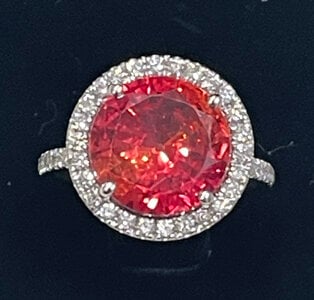
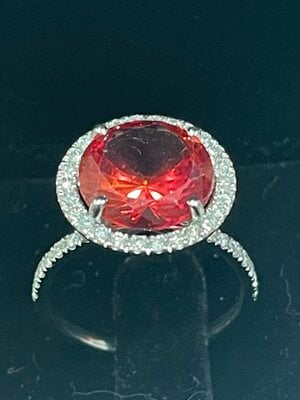
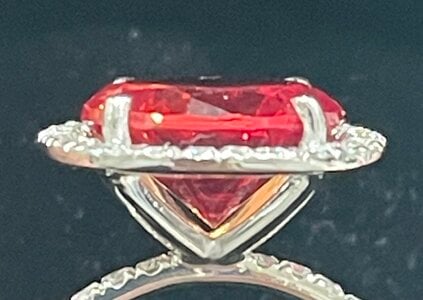
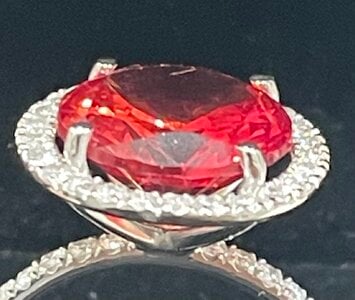
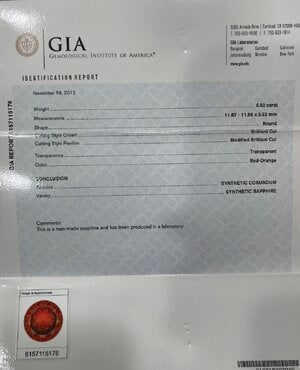
So the background on the stone. We have an old 1977 appraisal from my Mother-in-law valuing the sapphire in the setting at $3500. Around 2003, we decided we needed a new appraisal for insurance purposes. I brought it to Sotheby's jewelry through a contact I knew. Their jewelry expert evaluated and tested the stone and said it was genuine padparadscha sapphire and valued it at $35,000-$50,000 but told us we needed to have it checked and tested specifically for heat treatment in order to get an accurate appraisal. So a decade or so went by and we finally got around to removing the stone from the setting and getting the loose stone sent to GIA in 2012 to have them evaluate it for heat treatment. Long story short-they declared that it was a synthetic stone grown in a laboratory. A copy of the certificate is also posted.
At this point it only matters what it actually is for insurance reasons because my wife decided as you see to have it reset. The stone is beautiful in hand and has some interesting color play from orange to red and tinges of pink from different angles to my novice eye. We have no idea what an 80+ year old synthetic sapphire is worth if anything, but we never bothered to insure it after the GIA certificate was issued, assuming it has minimal value as a synthetic stone. We set it aside and only came across it recently stashed in the back of a drawer. Happy about finding it my wife made the decision to finally have it put in a new more modern setting.
So I've always wondered; is it possible that GIA got it wrong? The person at Sotheby's felt strongly about the authenticity and value of the stone (if not heat treated) so we were a little shocked a GIA's conclusion. Worth noting that GIA do not tell us in any of their paperwork why they determined it was synthetic and what testing/evaluation process they used to make that determination. No comments came back regarding heat treatment.
Is it possible they were less than thorough? Have you ever known them to make a mistake in concluding that a sapphire was synthetic? Is there any other laboratory that specializes in colored stone besides GIA that we should consider sending it to? I would appreciate thoughts and input. Ultimately it doesn't matter because it is still a sapphire and the outcome does not effect the sentimental value, which is priceless. Unfortunately we cannot insure for sentimental value, and we don't want to fail to have it properly insured if there is a remote possibility that GIA made a mistake.





Last edited:


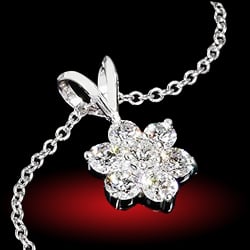
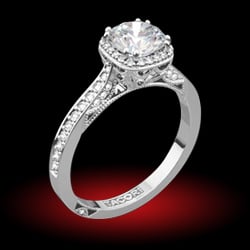
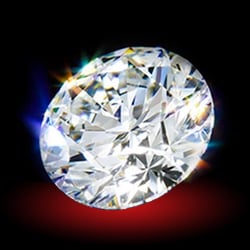


300x240.png)